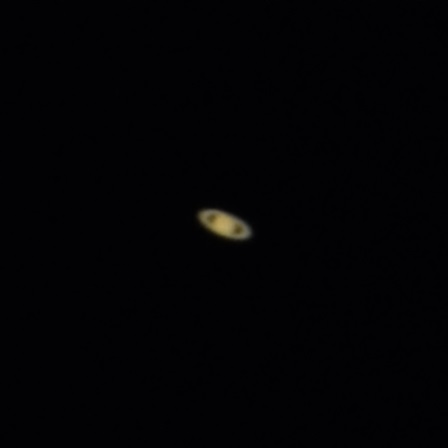This picture of Saturn was taken on May 31 2019. I can say without a doubt that this is when I fell head over heals for astronomy. Even with an inexpensive and small telescope, seeing Saturn’s rings for the first time is a mesmerizing experience.
Being my first picture of another planet, all the research about how to use the equipment and software really paid off (I watched a LOT of YouTube videos). The Astromaster 130EQ-MD, 2x Barlow lens, and 8-24mm Zoom Eyepiece produced a solid 162.5 power of magnification. Saturn was about 859,782,619 miles away at this point, making it kinda dim for my camera. My Nikon D3400 captured a 1080p video with enough clarity and brightness to construct this picture.
The video shows Saturn moving across the screen at a pretty good clip. I remember thinking there was no way Saturn could move that fast in it’s orbit and to my surprise, I was correct! The rotation of the earth and the high magnification are to blame instead. My telescope came with a small motor to compensate for this, but my lack of experience prevented me from using it. Patience went out the window and even after all the research: I winged it the best I could.
Somewhere around this point I realized astro-photography is the most challenging form of photography possible. It’s harder than one would think to focus a telescope mounted with a camera in the dark. After taking the pictures, you have to ‘stack’ the final photo from multiple photos or in this case a video file. The video that I took was super shaky. The deck made from rotting wood didn’t help. Next time, I’m definitely getting a computerized goto-mount!
For planetary pictures like Jupiter and Saturn, I use PIPP to trim, stabilize, and convert the video. Then I use Registax to process the finished image. The original video is pretty clean, but the planet still wobbles a bit. This is caused by air currents in the atmosphere. The stacking process corrects these wobbles and spits out a nice clean picture!
Wanna see more? I also captured Jupiter that night!
